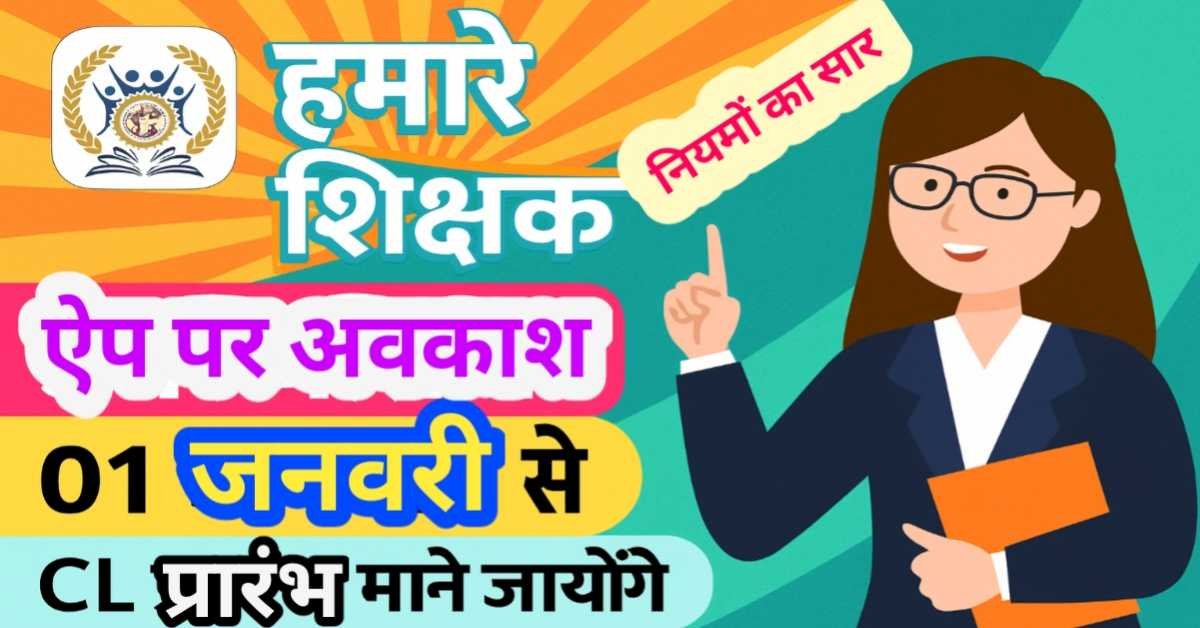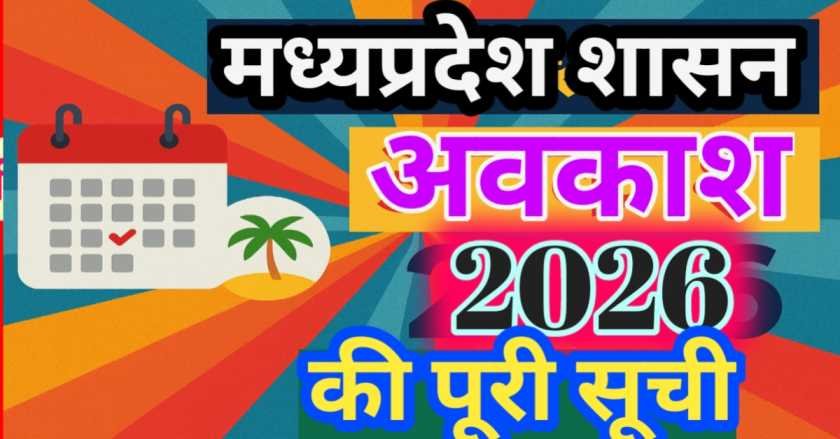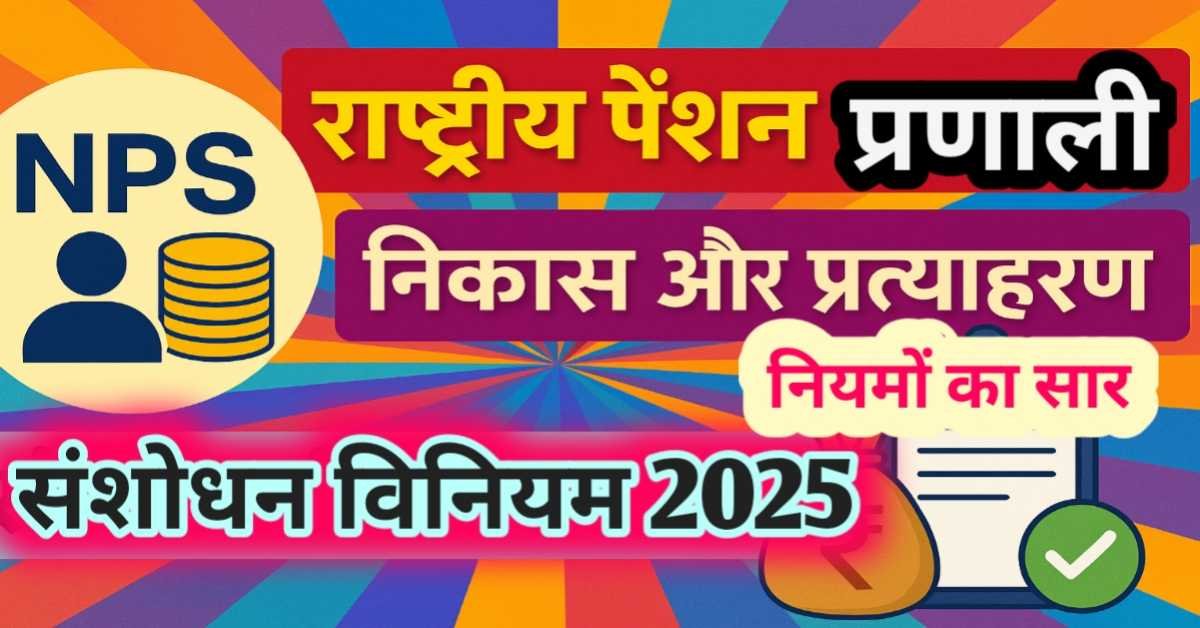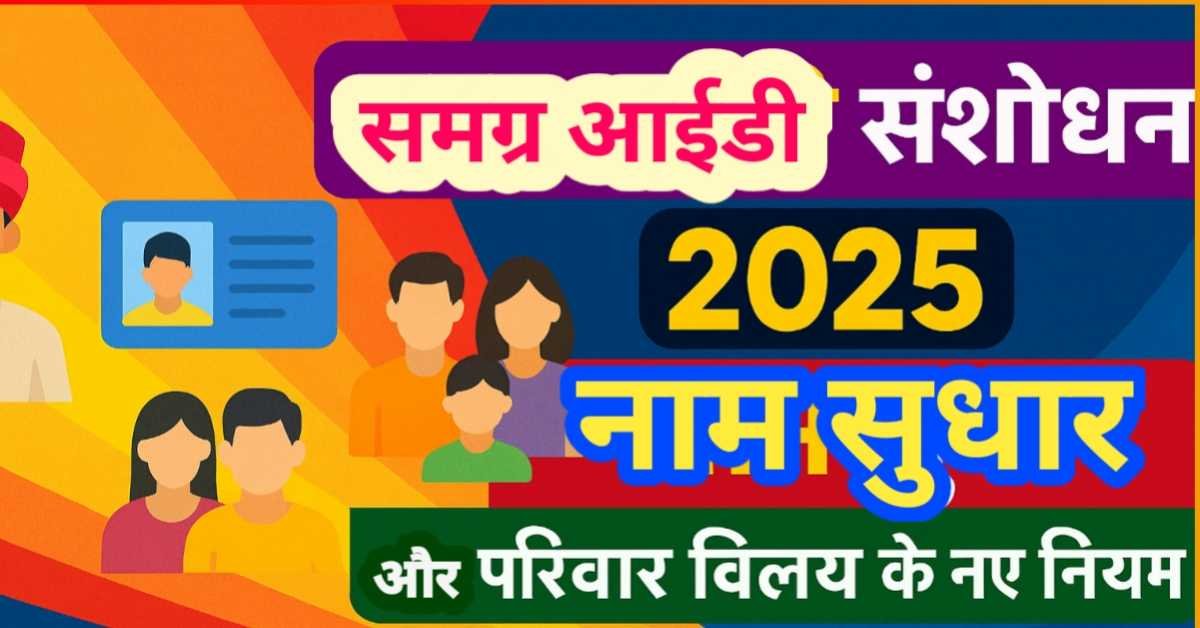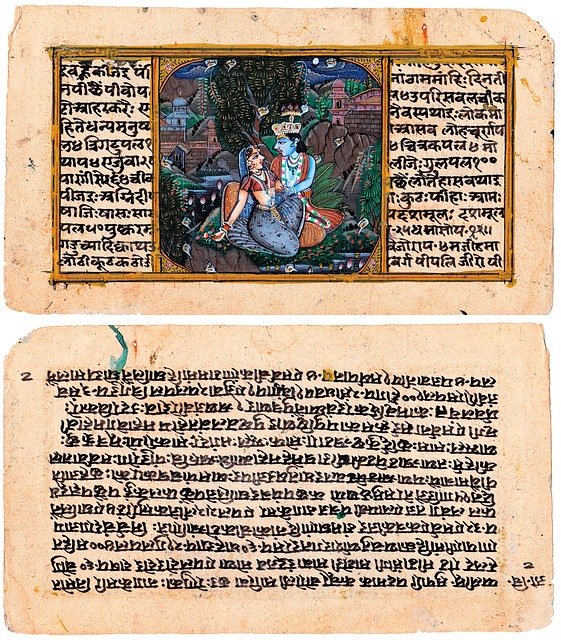
भारत का इतिहास : प्राचीन भारतीय इतिहास जानने के साहित्यिक स्त्रोत : वेद (History of India: literary sources to know ancient Indian history: Vedas)
Vedas: The number of Vedas is four - Rigveda, Yajurveda, Samaveda and Atharvaveda .
ऋग्वेद : यह सबसे प्राचीनतम वेद है। यह ऋचाओं से बद्ध है। इसमें कुल 10 मंडल, 1028 सूक्त, 10,580 ऋचाएँ हैं। इस वेद का अध्ययन करने वाले ऋषि को 'होतृ' कहा जाता है। ऋग्वेद के दो ब्राह्मण ग्रंथ हैं : ऐतरेय एवं कौषितकी अथवा शंखायन। संयुक्त राष्ट्र शैक्षिक, वैज्ञानिक और सांस्कृतिक संगठन (यूनेस्को) द्वारा ऋग्वेद को विश्व मानव धरोहर के साहित्य में सम्मिलित किया गया है।
Rigveda: This is the most oldest Veda. It is bound by the hymns. It has a total of 10 mandals, 1028 suktas, 10,580 verses . The sage studying this Veda is called 'Hotru' . There are two Brahmin texts of the Rigveda: Aitareya and Kaushitaki or Shankhayana . The Rigveda has been included in the literature of world human heritage by the United Nations Educational, Scientific and Cultural Organization (UNESCO).
यजुर्वेद : इसे 'कर्मकांडीय वेद' कहा जाता है, क्योंकि इसमें यज्ञ के नियमों का संकलन किया गया है। यह वेद गद्य एवं पद्य दोनों में है। यजुर्वेद के दो भाग हैं - शुक्ल यजुर्वेद तथा कृष्ण यजुर्वेद। शुक्ल यजुर्वेद केवल पद्य में है। कृष्ण यजुर्वेद गद्य एवं पद्य दोनों में है। मंत्रों का उच्चारण करने वाले पुरोहित को 'अध्वर्यु' कहा जाता है। यजुर्वेद के दो ब्राह्मण ग्रंथ है - शतपथ एवं तैत्तिरीय। यजुर्वेद के प्रमुख उपनिषद - कठोपनिषद, इशोपनिषद, श्वेताश्वरोपनिषद तथा मैत्रायणी उपनिषद हैं।
Yajurveda: It is called 'ritualistic Veda' , as it compiles the rules of Yajna. This Veda is both in prose and verse. The Yajurveda has two parts - Shukla Yajurveda and Krishna Yajurveda . Shukla Yajurveda is only in verse. Krishna Yajurveda is both in prose and verse. The priest who chants the mantras is called 'Adhvaryu' . The Yajurveda has two Brahmin texts - Shatapath and Taittiriya . The major Upanishads of Yajurveda are - Kathopanishad, Isopanishad, Shveteshwaropanishad and Maitrayani Upanishad .
सामवेद : 'साम'< b> का शाब्दिक अर्थ 'गान' होता है। इसमें यज्ञ के अवसर पर गाए जाने वाले मंत्रों का संग्रह है। इस वेद को 'भारतीय संगीत का जनक' कहते हैं। इसी से सात स्वरों (सा, रे, ग, म, प, ध, नि) की उत्पत्ति हुई है। इस वेद में कुल 1875 ऋचाएँ हैं। सामवेद का गान करने वाला 'उद्गाता' कहा जाता है। इसमें मुख्य रूप से सूर्य स्तुति के मंत्र हैं। सामवेद के प्रमुख उपनिषद - छांदोग्य तथा जैमिनीय हैं। सामवेद के ब्राह्मण ग्रंथ - पंचविश ब्राह्मण, षडविश ब्राह्मण हैं।
Samaveda: 'Sama' literally means 'anthem' . It has a collection of mantras sung on the occasion of Yajna. This Veda is called 'the father of Indian music' . It is from this that the seven vowels (sa, re, g, m, p, dh, ni) have originated. There are a total of 1875 verses in this Veda. The one who sang the Samaveda is called 'Udgata' . It mainly contains the mantras of Surya Stuti . The major Upanishads of the Samaveda are - Chhandogya and Jaiminiya . The Brahmin texts of Samaveda - Panchvish Brahmin, Conspiracy Brahmin .
अथर्ववेद : इस ग्रंथ की रचना सभी ग्रंथों के बाद हुई थी। इसकी रचना अथर्व तथा अंगिरस ऋषि ने की थी। अतः इसे अथर्वांगिरस कहा जाता है। इस वेद में 731 सूक्त, 20 अध्याय तथा लगभग 6000 मंत्र हैं। इस वेद में ब्रह्म ज्ञान, धर्म, समाजनिष्ठा, औषधि प्रयोग, जादू - टोना, रोग निवारण, तंत्र - मंत्र आदि अनेक विषयों का वर्णन किया गया है। इसका एक मात्र ब्राह्मण ग्रंथ 'गोपथ' है। अथर्ववेद के उपनिषद मुंडकोपनिषद, प्रश्नोपनिषद तथा मांडूक्योपनिषद हैं। मुंडकोकोनिषद से ही भारत का राष्ट्रीय आदर्श वाक्य "सत्यमेव जयते" को लिया गया है। इसमें सभा तथा समिति को प्रजापति की दो पुत्रियाँ कहा गया है।
Atharvaveda: This book was composed after all the texts. It was composed by the sages Atharva and Angiras . Hence it is called Atharvangiras . This Veda contains 731 Suktas, 20 Chapters and about 6000 Mantras . In this Veda, many topics have been described about Brahman wisdom, religion, socialism, drug use, magic - sorcery, disease prevention, tantra - mantra etc. Its only Brahmin scripture is 'Gopath' . The Upanishads of the Atharvaveda are Mundakopanishad, Quakopanishad and Mandukyopanishad . The national motto of India "Satyameva Jayate" has been taken from the Mundakoconishad itself. In it, Sabha and Samiti have been called two daughters of Prajapati .
इन चारों वेदों को 'संहिता' कहा जाता है। इन वेदों से तत्कालीन समाज के बारे में - उनकी सामाजिक, आर्थिक, राजनीतिक, सांस्कृतिक स्थिति का पता चलता है।
These four Vedas are called 'Samhita' . These Vedas reveal the social, economic, political, cultural status of the erstwhile society.
RF competition
INFOSRF.COM
संबंधित जानकारी नीचे देखें।
(Watch related information below) 👇🏻

आशा है, उपरोक्त जानकारी उपयोगी एवं महत्वपूर्ण होगी।
(I hope the above information will be useful and important. )
Thank you.
लेखक
(Writer)
infosrf.com


.jpg)


